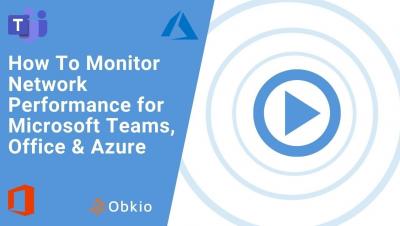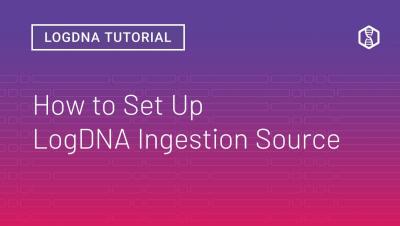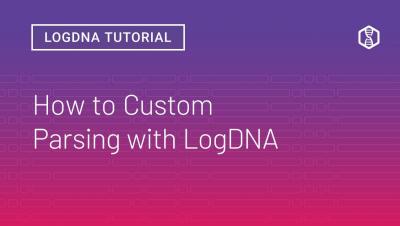How To Monitor Network Performance for Microsoft Teams, Office & Azure
VoIP and Unified Communication apps, such as Microsoft Teams, are more sensitive to network performance than other applications. So whether you’re working from an office, or your own home, you want to make sure your VoIP and UC apps are performing as they should be. Whether you’re an IT pro or not, you can easily monitor Microsoft network performance and quickly find network problems affecting Microsoft apps.











